Home>Ideas and Tips>Home Elevator Installation: Improve Accessibility at Home


Ideas and Tips
Home Elevator Installation: Improve Accessibility at Home
Published: September 23, 2024
Enhance home accessibility and safety with a home elevator installation. Discover the benefits, types, and considerations for this valuable upgrade.
(Many of the links in this article redirect to a specific reviewed product. Your purchase of these products through affiliate links helps to generate commission for Storables.com, at no extra cost. Learn more)
As we age, our homes can become less accessible and more challenging to navigate. Stairs, once a simple part of our daily routine, can become a significant barrier to mobility and independence. However, there is a solution that can transform your home into a more inclusive and safe living space: the installation of a home elevator. In this article, we will explore the benefits of home elevator installation, how it can enhance accessibility, and what you need to consider when making this investment.
The Need for Accessibility
Accessibility is not just about convenience; it's about creating a welcoming and inclusive environment for everyone. As we age or face mobility challenges, our homes need to adapt to our changing needs. Traditional staircases can pose a significant risk of injury and limit our ability to move freely within our own homes. This is where home elevators come into play, providing a safe and convenient means of vertical transportation.
Benefits of Home Elevators
Home elevators offer a multitude of benefits that go beyond just convenience. They are designed to enhance safety, increase property value, and improve overall quality of life.
1. Enhancing Safety
One of the primary reasons to install a home elevator is to enhance safety and accessibility. For individuals with limited mobility or disabilities, navigating stairs can be a daunting task. Stairs can be slippery, uneven, or steep, posing a significant risk of falls and injuries. A home elevator eliminates these risks by providing a smooth and controlled ascent or descent, ensuring a safe and comfortable experience for users.
Moreover, home elevators come equipped with various safety features such as code-compliant safety gates, emergency battery-powered cab lowering and lighting, and full-time cab monitoring. These features not only ensure the safety of users but also provide peace of mind for homeowners and their families.
2. Increasing Property Value
The addition of an elevator can significantly boost the market value of your home. In today's real estate market, homes with accessibility features like elevators are highly sought after by prospective buyers. This is particularly true for multigenerational families where the need for safe and easy mobility is crucial.
An elevator not only adds functionality but also enhances the aesthetic appeal of your home. With various design options available, you can choose an elevator that complements your home's style and adds a touch of sophistication.
3. Convenience and Space-Saving
A home elevator is an ideal way to make life easier. With an accessible elevator, tasks such as carrying groceries or moving heavy objects become effortless. No longer do you need to struggle with large, cumbersome items up flights of stairs. This convenience extends beyond just daily chores; it also simplifies the process of bringing bulky items like furniture or decorations from one floor to another.
One of the most surprising benefits of home elevators is their space-saving design. Unlike traditional stairwells, which consume a considerable amount of space, home elevators have a smaller footprint. This allows you to make the most out of your home's layout and create more usable space.
4. Customization and Style
Home elevators are not just functional; they are also highly customizable to match your home's design aesthetic. You can choose from various cab styles ranging from simple designs that can be painted to match your home's color scheme to more elegant options with solid-wood paneling or sleek aluminum frames.
Customization extends beyond just the exterior; you can also choose the finishes on the walls, floors, and ceilings as well as the design of the handrails and lighting. This level of customization ensures that your elevator blends seamlessly into your home's décor.
Types of Home Elevators
When considering installing a home elevator, it's essential to understand the different types available and their suitability for your needs.
1. Hydraulic Elevators
Hydraulic elevators use a hydraulic cylinder to lift the car. They are known for their speed and are often used in residential settings. However, they require a built-in pit which can be a concern for homeowners with limited space.
2. Inline Gear Elevators
Inline gear elevators use a gear system to lift the car. They are also fast and require a built-in pit but are generally more compact than hydraulic elevators.
3. Winding Drum Elevators
Winding drum elevators use a cable attached to a drum to lift the car. They are known for their smooth upward and downward movement and do not require a built-in pit, making them ideal for homes with limited space.
Installation Considerations
Before installing a home elevator, there are several factors to consider:
1. Availability of Space
One of the primary considerations is ensuring that your home has enough space for an elevator. This requires careful planning with your architect and general contractor to design your home in a way that makes it elevator-ready from the start.
2. Operation Mechanism
The type of operation mechanism you choose will affect the total cost of your elevator. Hydraulic and inline gear elevators are fast but require a built-in pit, while winding drum elevators offer smooth movement without needing a pit.
3. Design and Cost
The cost of installing a home elevator varies depending on the type and design you choose. Home elevators tend to start at around $35,000, with costs increasing based on configuration, labor, and any custom upgrades you might want or need.
Enhancing Accessibility
Home elevators play a crucial role in breaking down physical barriers within the home, making it more accessible for individuals with mobility challenges.
Easy Vertical Mobility
One of the primary advantages of a home elevator is its ability to provide easy and convenient vertical mobility. By installing a home elevator, individuals with mobility challenges or disabilities can effortlessly access different levels of their home without the need for stairs.
This ensures a seamless transition and promotes independence, allowing individuals to move freely and comfortably within their living space. Transitioning between floors becomes effortless and eliminates the strain or discomfort associated with climbing stairs.
A Welcoming Home for All
Accessibility is about more than just convenience; it's about creating a welcoming and inclusive environment for everyone. By installing a home elevator, you send a clear message that your home is accessible to all individuals regardless of their mobility limitations.
This fosters inclusivity and ensures that everyone feels comfortable and valued. Moreover, a home elevator promotes social integration by enabling individuals with limited mobility to fully participate in gatherings and activities within the home.
Practical Applications
Home elevators are not just limited to enhancing accessibility; they also have practical applications that make everyday life easier.
Carrying Heavy Items
Carrying heavy groceries or laundry up and down the stairs can be a huge challenge. With an elevator, you can easily transport items between floors without straining yourself. This makes everyday tasks much more manageable.
Moving Heavy Objects
Whether it's moving furniture or decorations from one floor to another, an elevator simplifies this process significantly. No longer do you need to worry about finding someone to help you carry heavy objects up flights of stairs.
Customization Options
Home elevators are highly customizable to match your home's design aesthetic. Here are some customization options you can consider:
Cab Styles
You can choose from various cab styles ranging from simple designs that can be painted to match your home's color scheme to more elegant options with solid-wood paneling or sleek aluminum frames.
Finishes and Materials
Customization extends beyond just the exterior; you can also choose the finishes on the walls, floors, and ceilings as well as the design of the handrails and lighting. This level of customization ensures that your elevator blends seamlessly into your home's décor.
Safety Features
Home elevators come equipped with various safety features designed to ensure user safety and peace of mind for homeowners and their families.
Code-Compliant Safety Gates
Code-compliant safety gates are installed to prevent unauthorized access and ensure that users are safe while using the elevator.
Emergency Battery-Powered Cab Lowering and Lighting
In case of a power outage, emergency battery-powered cab lowering and lighting ensure that users can safely exit the elevator.
Full-Time Cab Monitoring
Full-time cab monitoring provides continuous surveillance of the elevator car, ensuring that any issues are promptly addressed.
Frequently Asked Questions
Here are some frequently asked questions about home elevators:
Q: Are Home Elevators Safe for Children?
A: Yes, home elevators incorporate various childproofing measures such as door sensors, interlocks, and childproof locking mechanisms to ensure a secure environment for children.
Q: Can a Home Elevator Be Used During Emergencies?
A: Absolutely. Home elevators come equipped with emergency features such as backup power supply, automatic rescue operation, and emergency communication systems. They enable swift evacuation and effective communication during critical situations.
Q: How Do Home Elevators Enhance Accessibility?
A: Home elevators provide easy and convenient vertical mobility, allowing individuals with mobility challenges to access different levels of their home without the need for stairs. This eliminates barriers and promotes independence and inclusivity.
Q: Are Home Elevators More Affordable Than They Seem?
A: Yes, home elevators are more affordable than many people realize. They offer long-term cost savings by reducing the need for home modifications or assisted living arrangements. Additionally, advances in technology have made home elevators more efficient and cost-effective.
Conclusion
In conclusion, home elevator installation is a significant investment that can transform your home into a more accessible and safe living space. By enhancing safety, increasing property value, and providing convenience and space-saving solutions, home elevators are an ideal choice for homeowners with mobility issues or those looking to age in place comfortably.
Whether you choose a hydraulic, inline gear, or winding drum elevator, customization options ensure that your elevator blends seamlessly into your home's décor. With various safety features and practical applications, home elevators are not just functional but also highly desirable.
So why wait? Consult with a professional elevator provider today to discover the ideal home elevator solution that meets your specific needs and home structure. Experience the transformative power of a home elevator and create a more accessible, safe, and inclusive environment for you and your loved ones.
Was this page helpful?
At Storables.com, we guarantee accurate and reliable information. Our content, validated by Expert Board Contributors, is crafted following stringent Editorial Policies. We're committed to providing you with well-researched, expert-backed insights for all your informational needs.
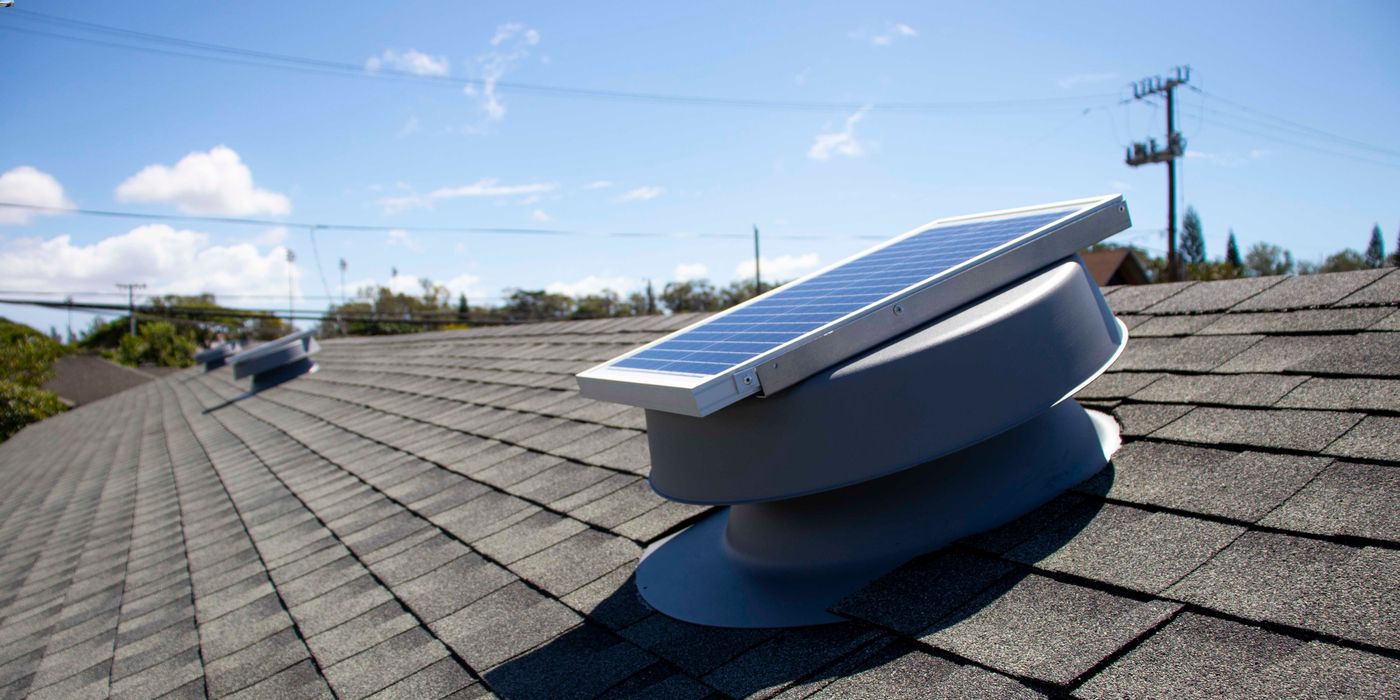

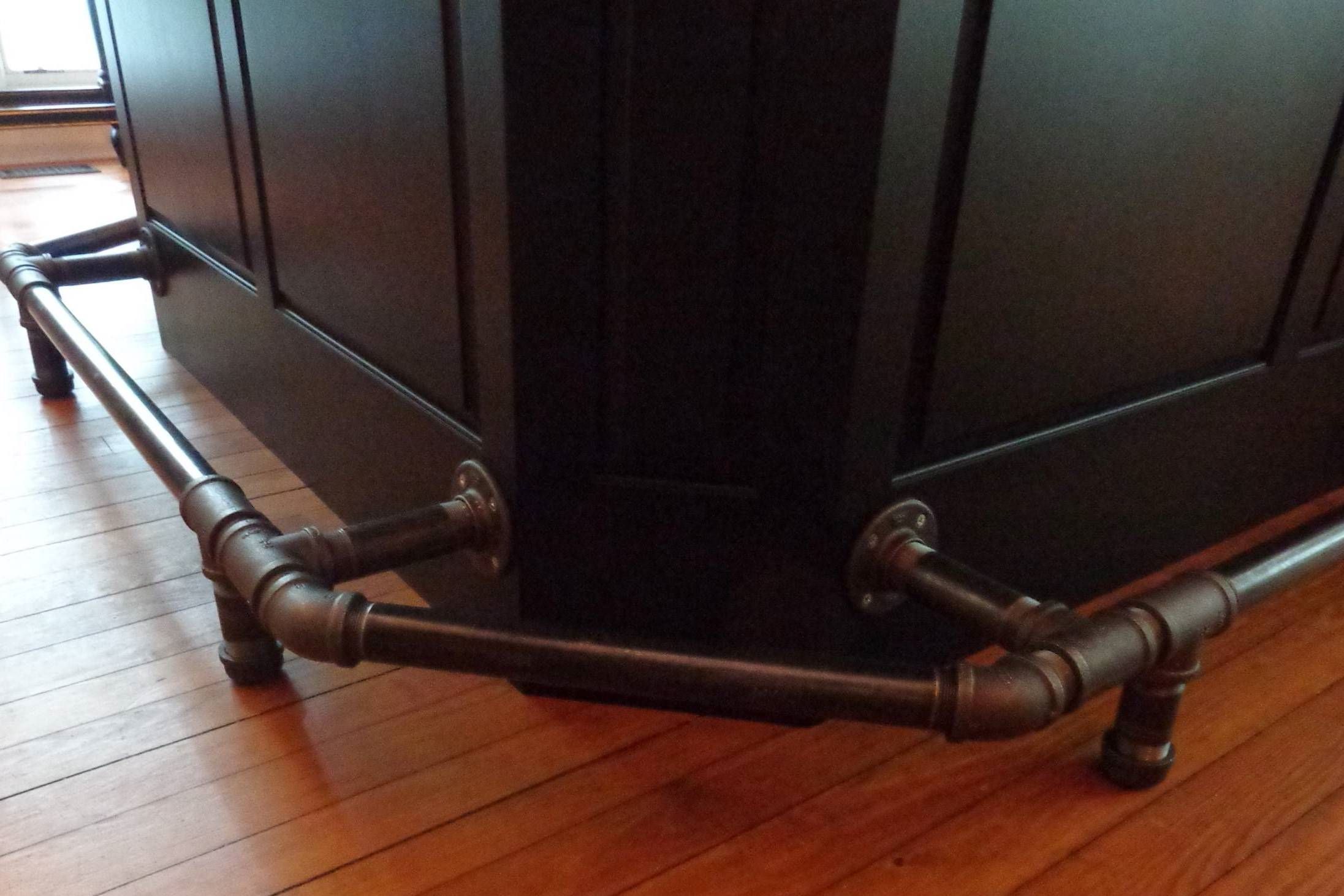
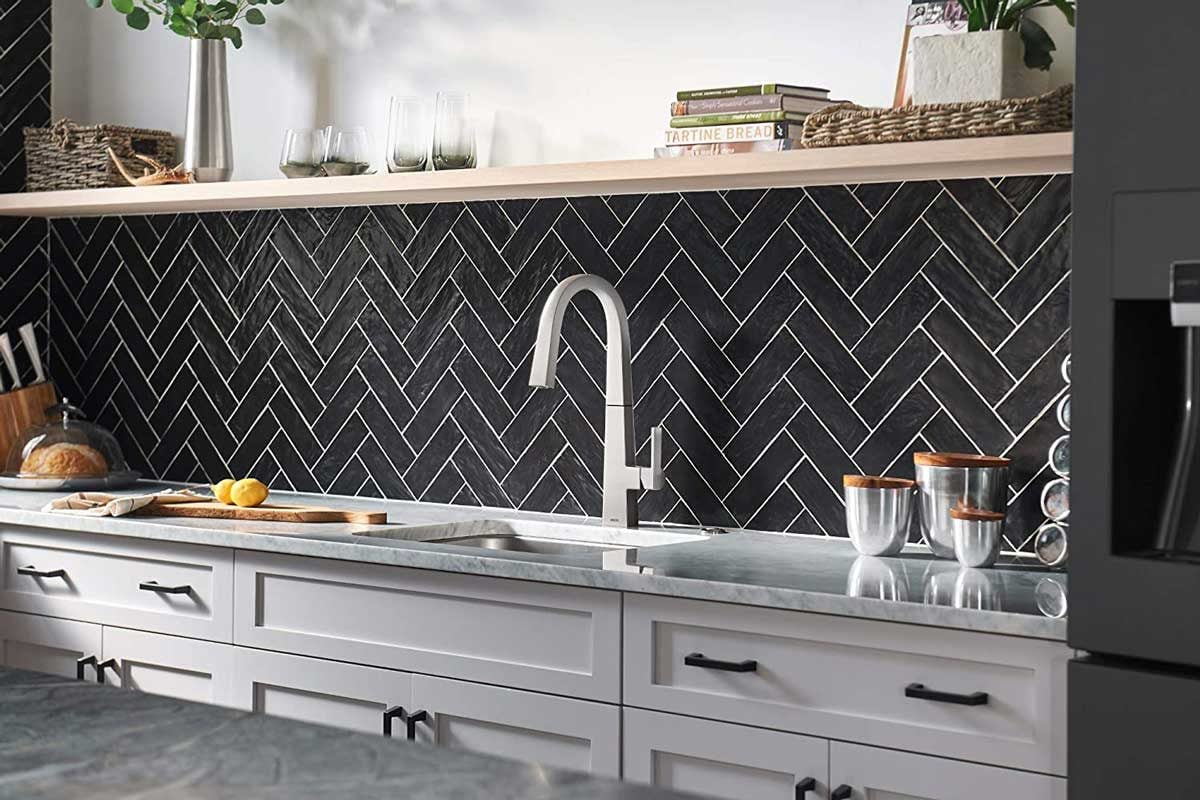
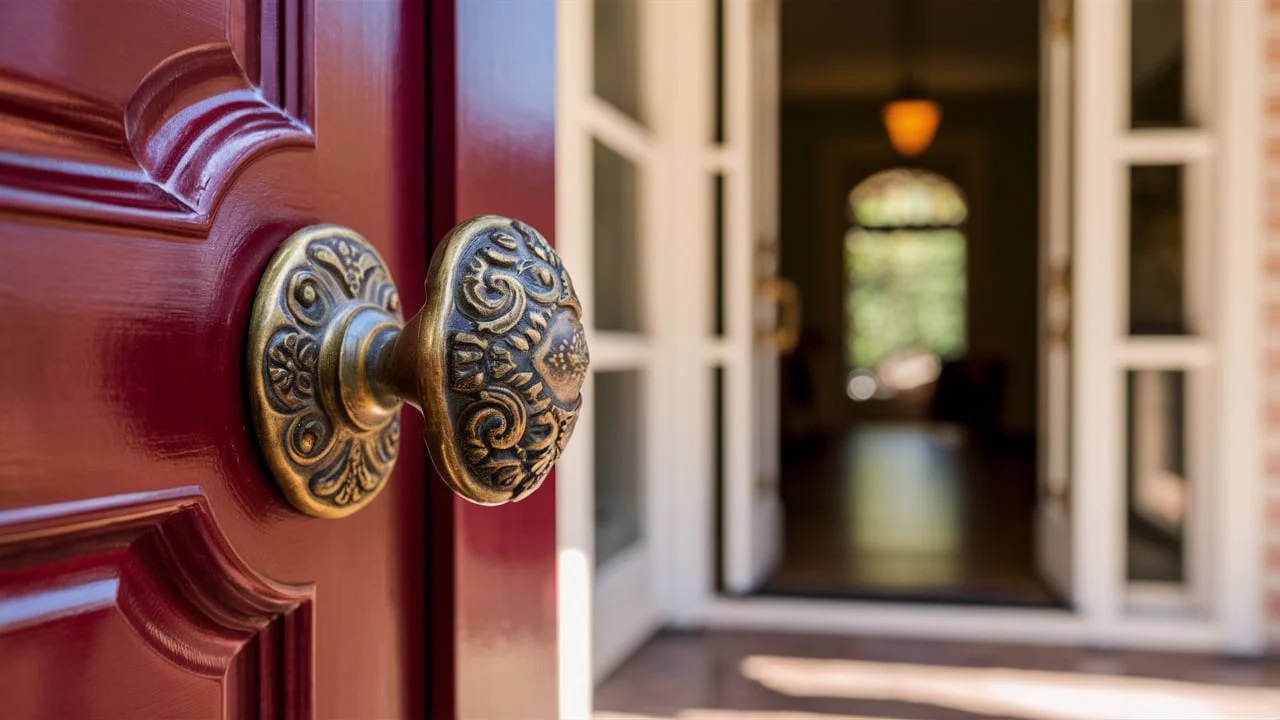

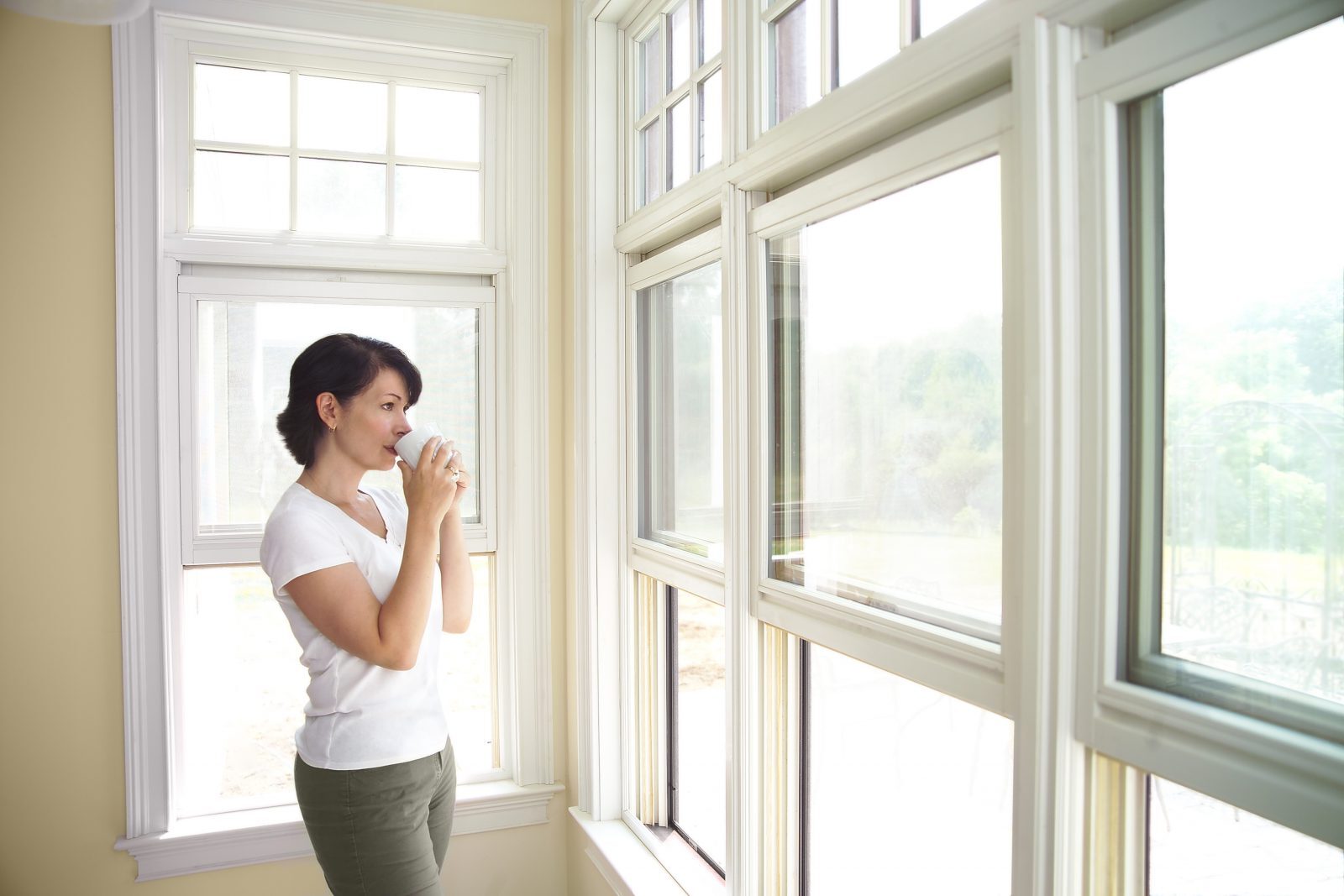
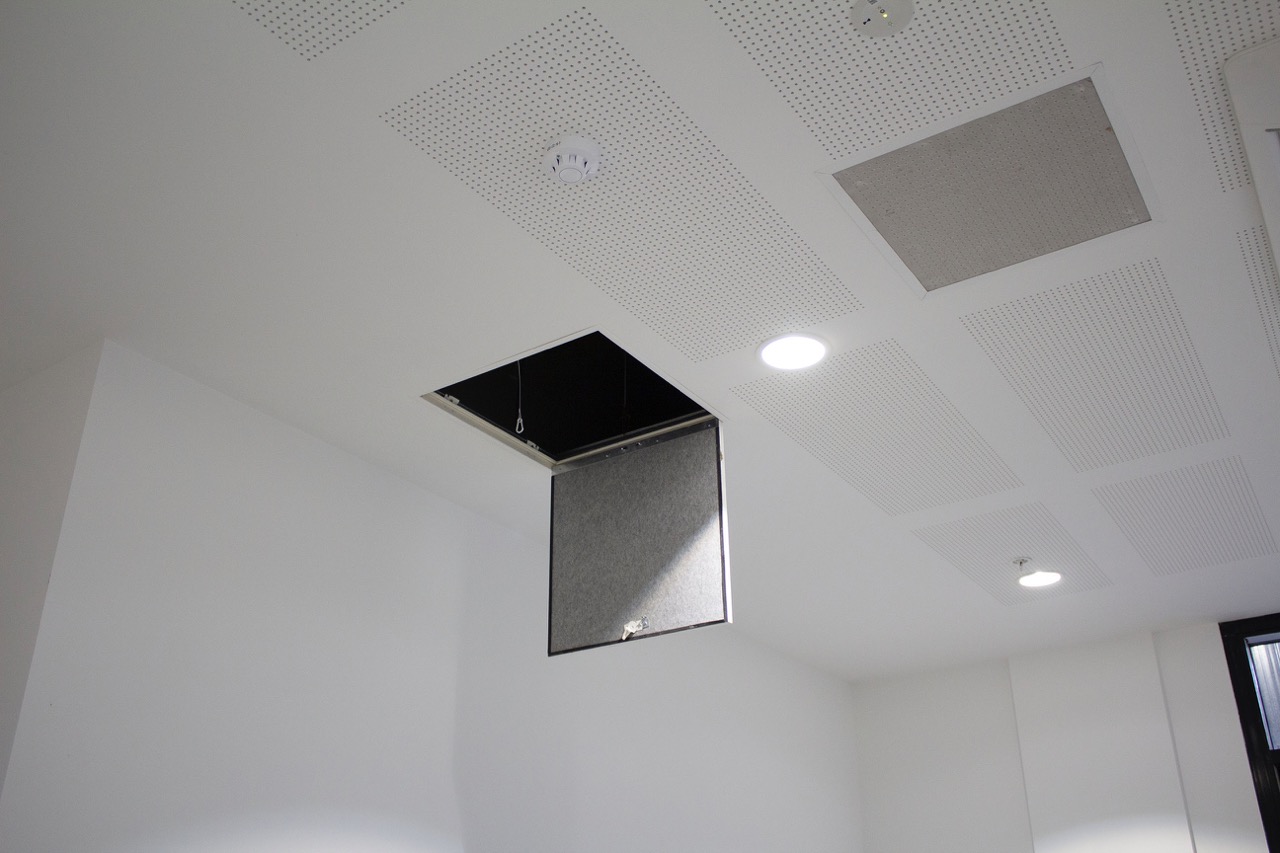
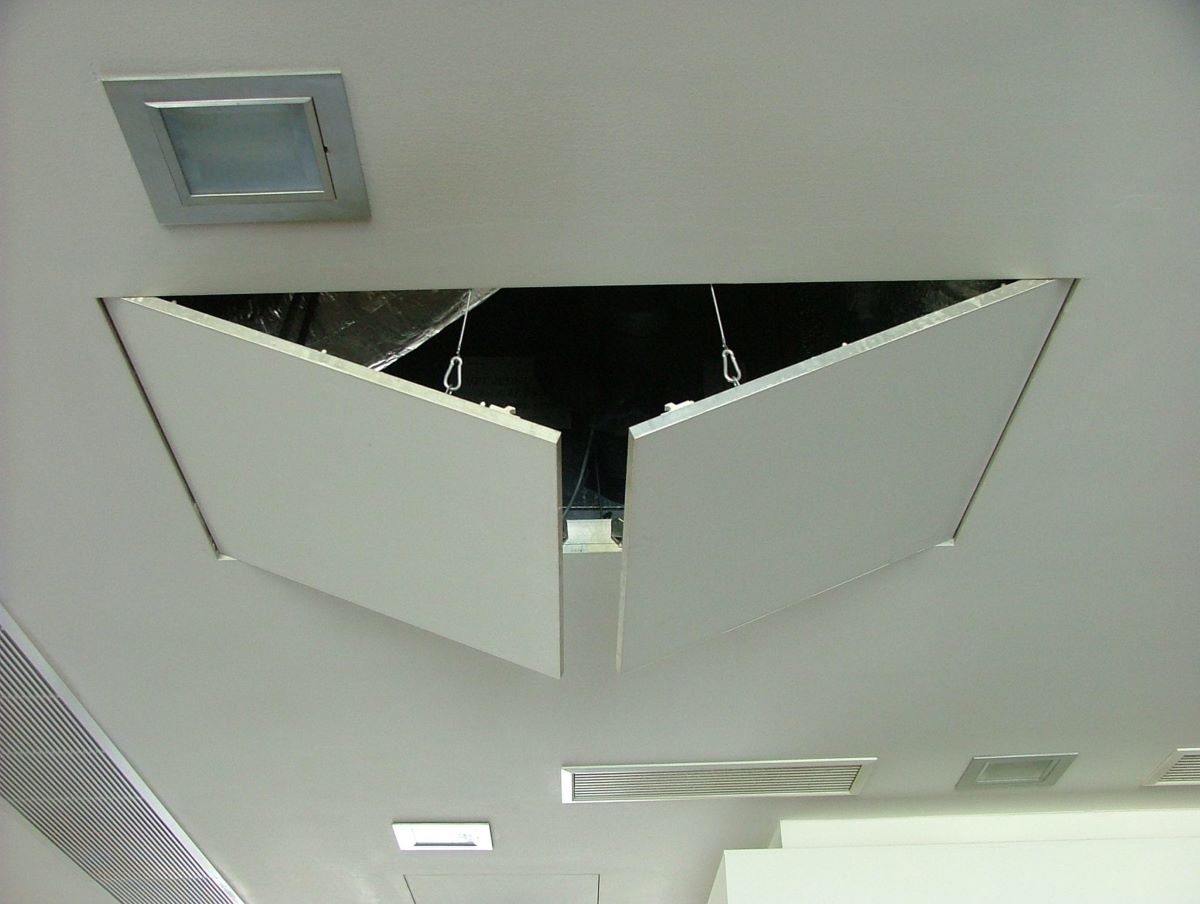
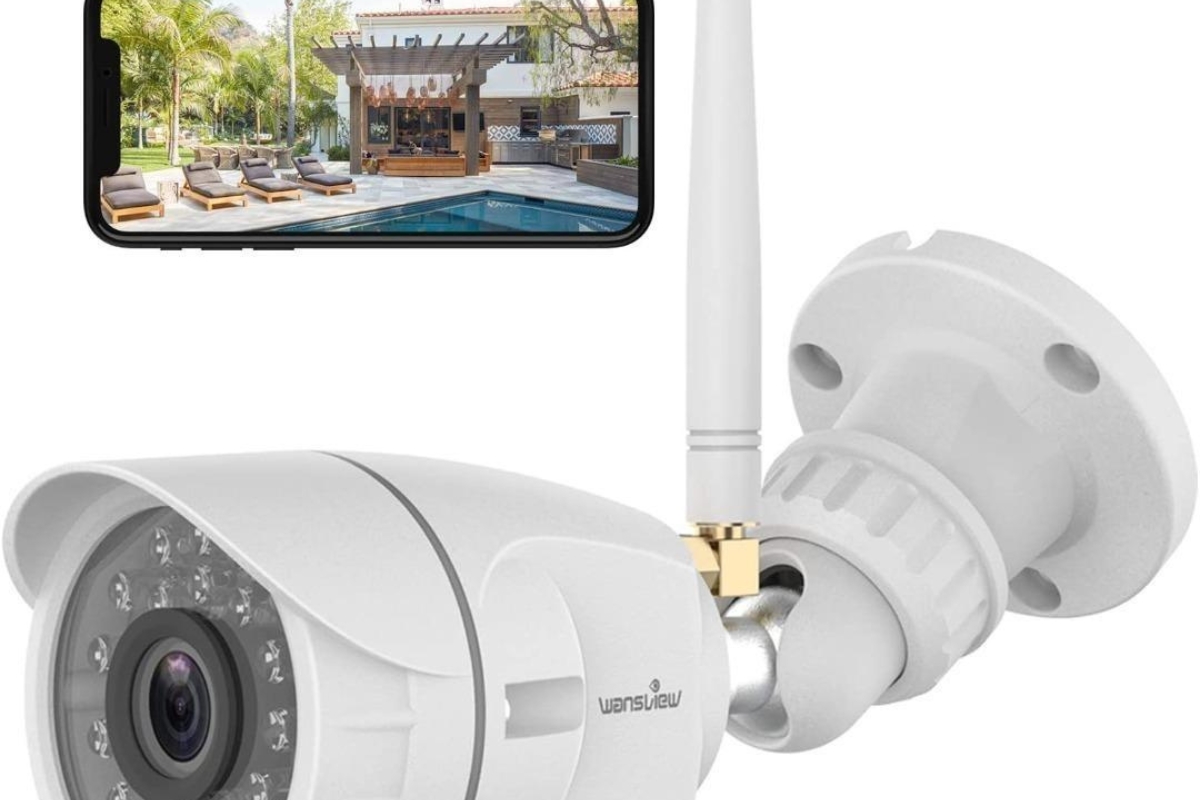

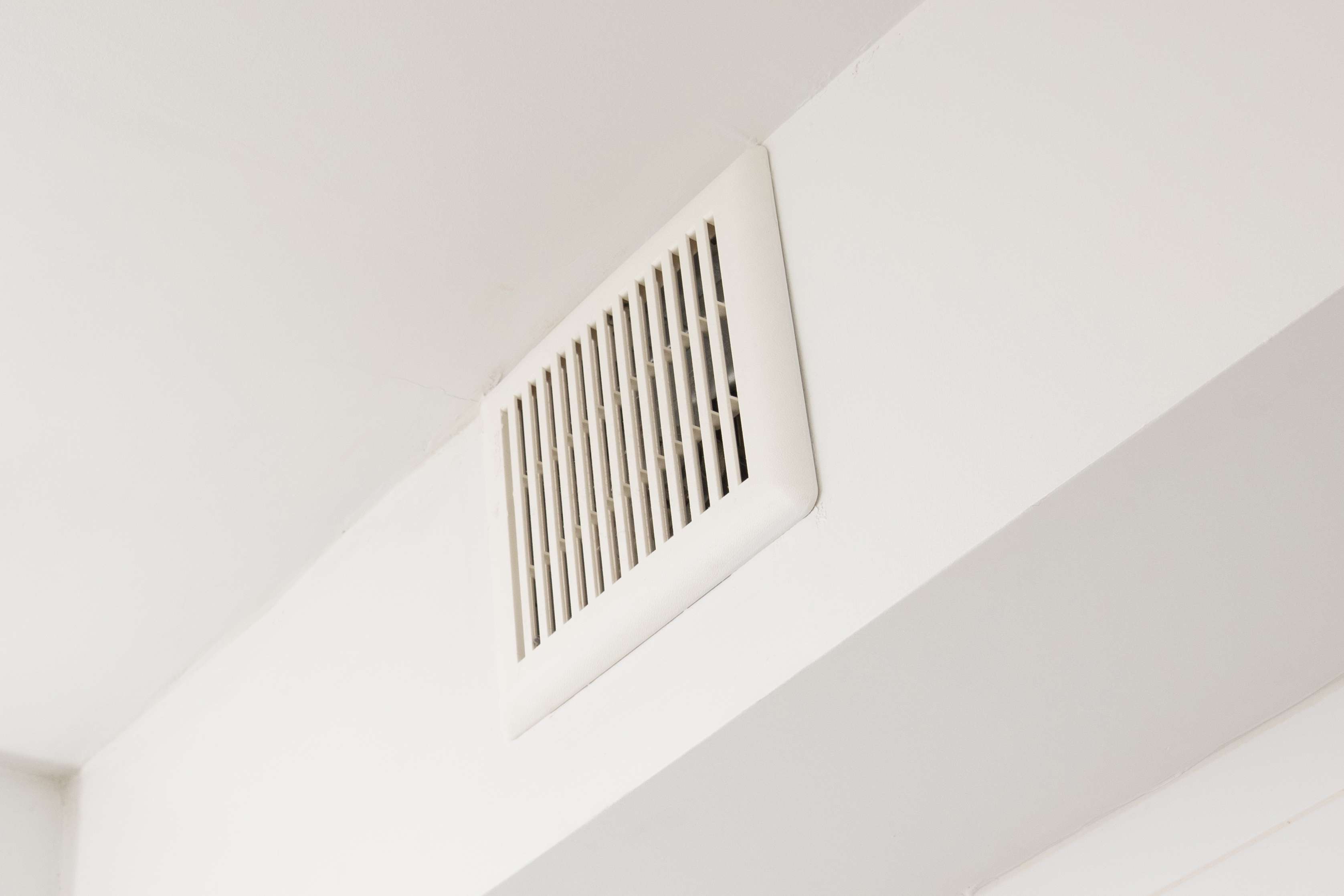
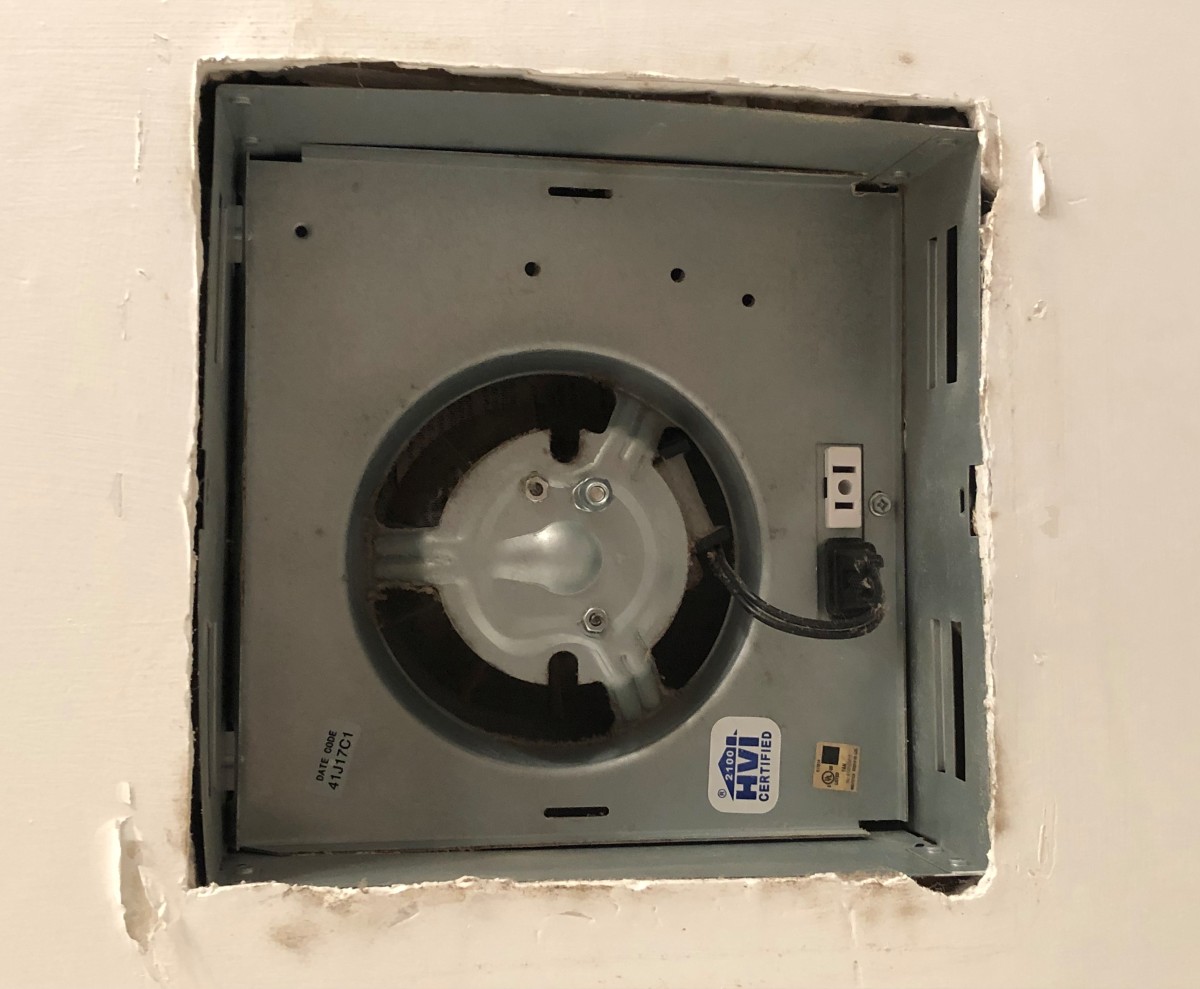

0 thoughts on “Home Elevator Installation: Improve Accessibility at Home”